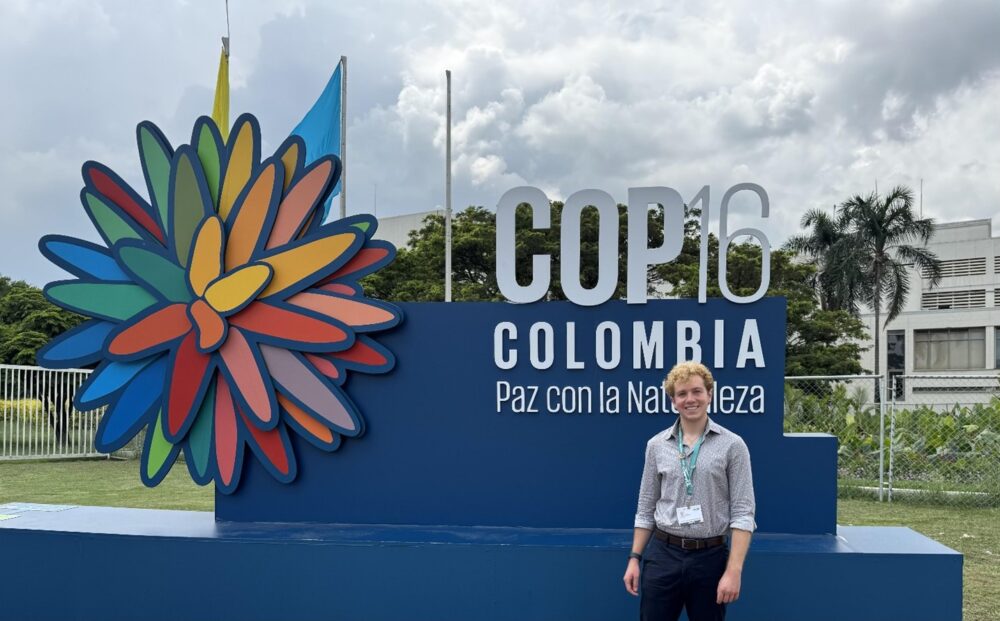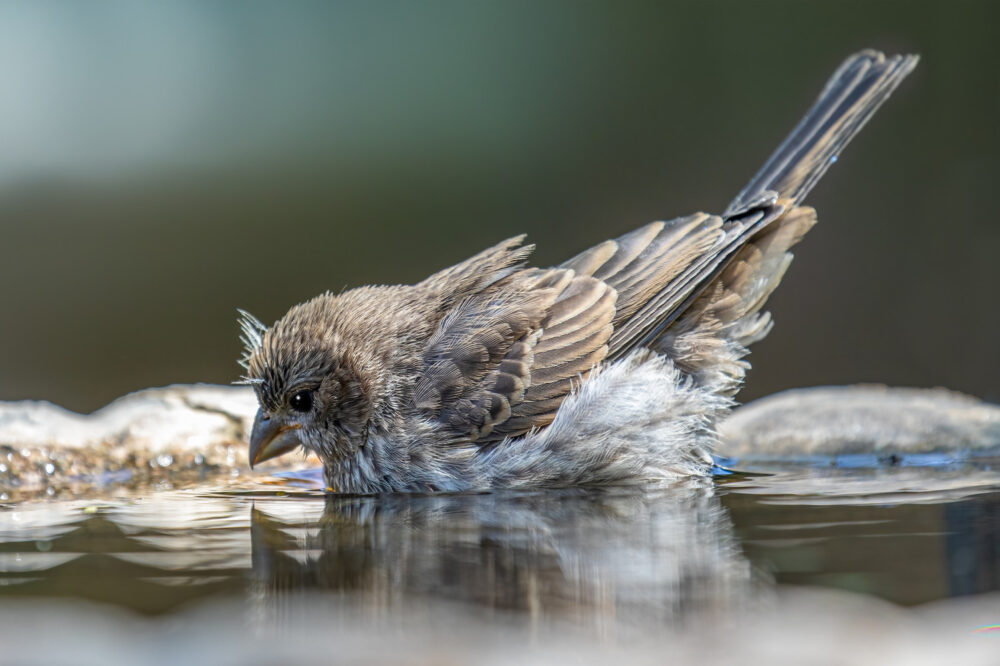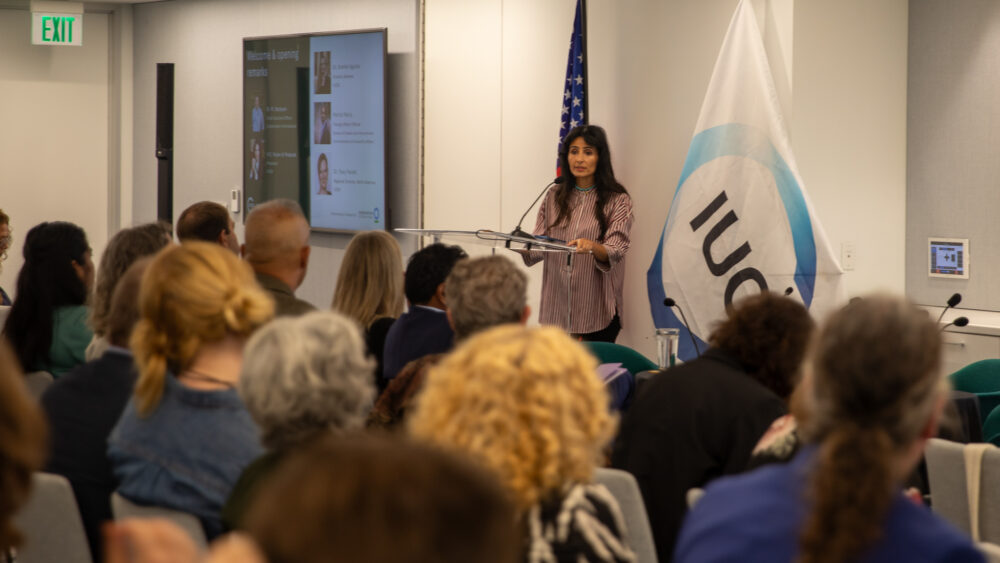We have much more to do and your continued support is needed now more than ever.
Reconnecting Louisiana’s Maurepas Swamp to the Mississippi River: A Restoration Milestone

Picture this: ancient cypress trees rising like sentinels from quiet, dark waters. Bright yellow Prothonotary Warblers flit through the canopy, and alligators glide silently below. Louisiana’s Maurepas Swamp is not only one of the largest forested wetlands in the Gulf of Mexico, but is home to some of the state’s most iconic wildlife and a critical storm buffer for nearby communities.
But this natural wonder has been slowly dying. For decades, levees cut it off from the Mississippi River, starving it of the fresh water, nutrients and sediment it needs to thrive. Rising salinity and sinking soils turned vibrant swamp into degraded marshes and open water. The swamp wasn’t just shrinking—it was disappearing.

Enter the River Reintroduction to Maurepas Swamp Restoration Project, an innovative effort so ambitious it feels like it was pulled straight from a nature-lover’s dream. Here’s the plan: by reintroducing fresh water from the Mississippi River into the swamp, we can reduce salinity, rebuild soils and breathe life back into this ecosystem. This project, to be completed in 2028, will revive the swamp for hundreds of species like American alligators, bald eagles, black bears, swallowtail kites, and red-tailed hawks.
The centerpiece of this $330 million project is a gated structure built into the river levee near Garyville, Louisiana, designed to channel up to 2,000 cubic feet per second of nutrient-rich river water into the heart of the swamp. The state and its partners broke ground on the diversion earlier this month, kickstarting a large-scale effort that will benefit 45,000 acres of wetlands, or around one-third of the Maurepas Swamp. Think of it as a lifeline—a direct connection to the force that created the swamp in the first place.
This project is a critical component of Louisiana’s Coastal Master Plan and funded by RESTORE Act dollars from the Deepwater Horizon oil spill settlement. Maurepas is yet another example of how even from disaster, those resources can be leveraged for long-term environmental gains, offering hope for recovery and future resilience.
NWF is proud to be a long-time advocate for this project, connecting with the local community throughout the planning process and amplifying the voices of hundreds of community and business leaders to decision-makers at critical junctures.

We celebrate the Maurepas Swamp project, while urging for continued support and momentum for Louisiana’s large-scale restoration efforts. As climate change impacts intensify across the planet, projects like these are increasingly vital for protecting both people and nature. Working with nature, and with local communities, to adapt to climate change and build healthier and safer coasts is essential to a more resilient future.





















